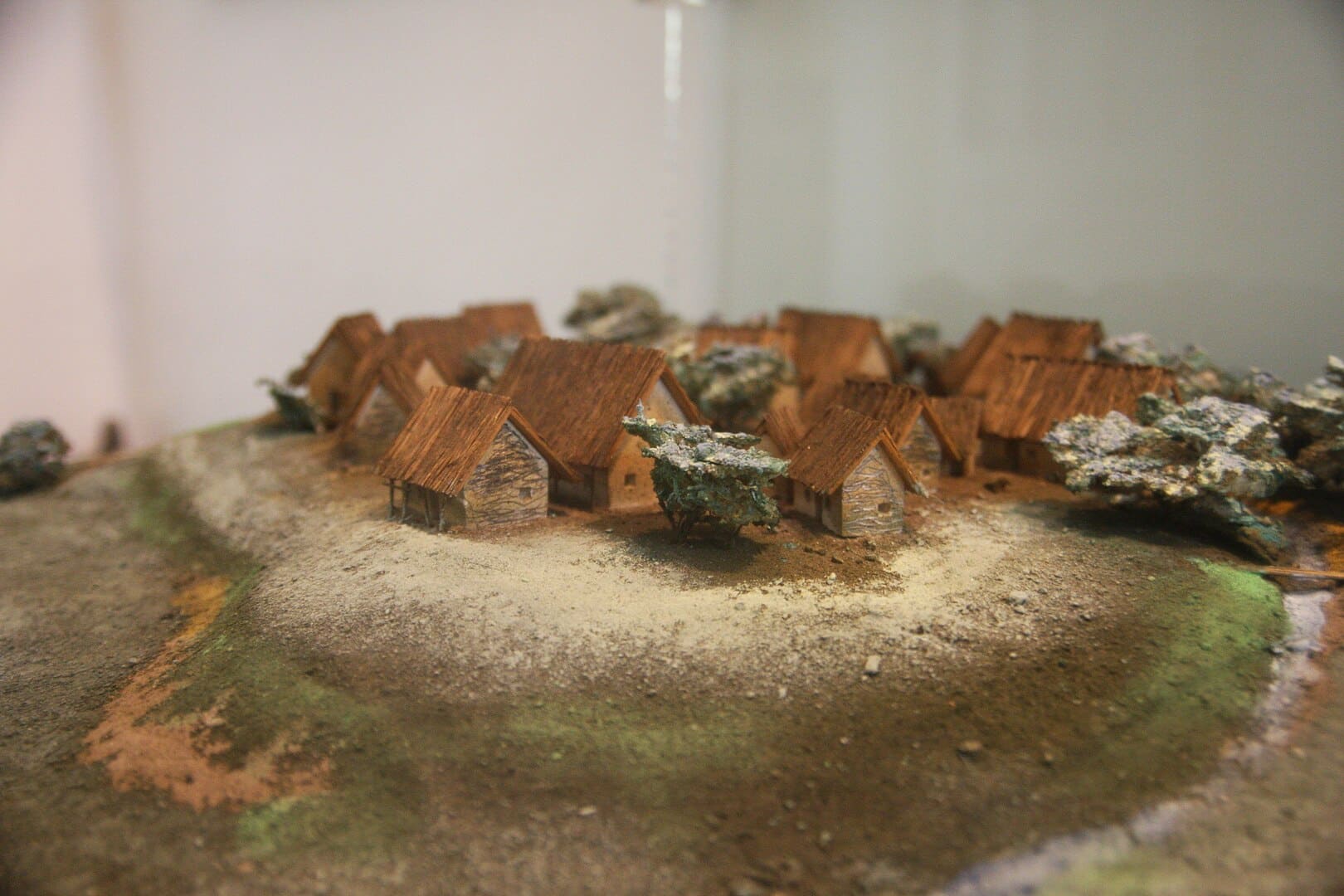

In a quiet museum in northwestern Romania, a tan ceramic vase with sweeping black designs sits under soft lights. It might be mistaken for modern art at first glance. But this elegant piece, recovered in fragments from the Poduri site in 2006, dates back nearly 6,000 years. It stands as a rare and delicate clue to a much larger story—one involving some of Europe’s first “mega-cities.”
Long before Rome or Athens rose to power, a prehistoric culture was building sprawling settlements across what is now Romania, Moldova, and Ukraine.
Known today as the Cucuteni–Trypillia culture, this society constructed communities with up to 3,000 homes, organized in rings across hundreds of hectares. Some archaeologists view these as among the earliest large population centers in European history, even if their city status is still debated.
Aerial photos taken in the 20th century revealed the sites’ impressive vastness. The largest stretched across an area comparable to New York City’s Central Park.
Later, advanced tools such as magnetometers helped map the burnt remains of their clay houses, which often left magnetic traces after being set on fire, possibly during rituals. These discoveries showed clear urban planning but no palaces, temples, or elite compounds.
Unlike the ancient cities of Mesopotamia, where ruling classes dominated, Cucuteni–Trypillia settlements appeared remarkably equal. Homes were uniform in size. There were no grand tombs or rich burial offerings.
“It doesn’t seem that one household was really much richer than another,” said Mila Shatilo, a researcher from Kiel University who has studied the Talianki site in Ukraine. The absence of social hierarchy has led some to describe these settlements as early examples of egalitarian urban life.
Archaeologist Aleksandr Diachenko of the Ukrainian National Academy of Sciences suggests that the rapid growth of these settlements may have been fueled by climate-related migration.

Communities pushed eastward by drier conditions may have gathered in larger groups, forming temporary hubs before spreading out again. This migration theory is supported by pottery styles and updated radiocarbon dating.
Over time, subtle changes emerged. Some buildings, called megastructures, stood out for their size and position. Found at sites like Maidanetske and Nebelivka, they may have served as gathering halls, storage spaces, or even early temples. Their presence has sparked debate over whether power began to centralize in the later phases of the culture.
The name Cucuteni–Trypillia reflects two parallel discoveries in the 19th century: one in Romania’s Cucuteni village, and the other in Ukraine’s Trypillia.
Subsequent research has shown that the culture flourished from approximately 5050 to 2950 B.C., stretching from the Carpathian Mountains to the Dnieper River. They farmed, raised livestock, crafted pottery, and built settlements without obvious leaders.
But mysteries remain. Graves are rare, and no one knows how these people treated their dead. Some believe they reused metal tools instead of burying them, reflecting a worldview emphasizing utility over status.
Today, many sites in Ukraine lie silent. The ongoing war has halted excavations and left researchers like Johannes Müller, from Kiel University, waiting to return. “At the moment, fieldwork for us is not possible. For Ukrainian archaeologists, it is a difficult situation,” he said.
Even with unanswered questions, the story of Europe’s first “mega-cities” continues to unfold, offering a window into a prehistoric world that defied expectations about how cities should look, grow, and function.
